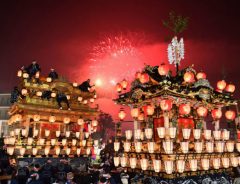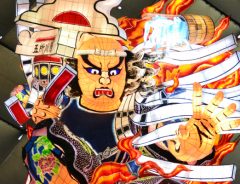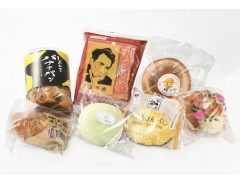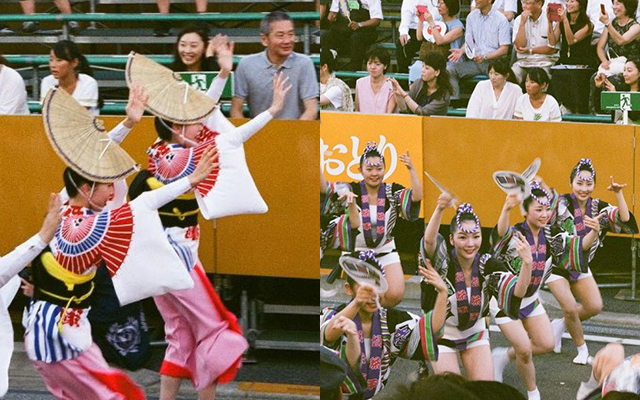- Source:
- © JAPAN Forward
- Tags:
- Awa Odori / Festival / Kochi Prefecture / Shikoku / Yosakoi
Related Article
-

Chichibu Festival: Thousands Flock to Tokyo Outskirts for Those Colorful Floats
-

All of Japan’s Traditional Festivals and Regional Delicacies Under One Roof: Furusato Matsuri at Tokyo Dome
-

Kochi’s Yosakoi Festival Wins Award for Best Hometown Event
-

Osaka’s Ramen Girls Festival Takes on Macho Noodle Culture
-

Japan’s Spring Bread Festival starts in April in Shinjuku
-

Sample Traditional Sweets from All Over Japan at the IKESEI Sweets Festival Tokyo



Mo Stone for JAPAN Forward
Despite the sweltering heat, there are pleasant surprises to be found in Japan during the summer season. Ice pops and watermelon. Fireworks and fireflies. And Obon.
Obon is a major festival period in August during which everyone travels back to their hometowns to be with their families and honor their ancestors. Festivals are held all over the country at this time — at schools, parks, squares, and in the streets. Traditional dancing is always a big part of these summer festivals.
During my first year in Japan, I got the opportunity to visit two of these Obon dance festivals. What happened was, the company of my boss’ father had booked a bus trip to Shikoku, but some of the company members canceled, so they invited us English teachers to fill the empty seats on the bus.
The idea of being on a bus with all of my coworkers and a bunch of Japanese businessmen, plus my boss and her parents, was a little odd. But it was too good an offer to pass up.
Shikoku is one of the smaller islands that make up the Japanese archipelago. It is situated southwest of Honshu, the main island, a far trek from Tokyo and nearly every other major city.
Eventually, after five hours, we crossed a massive suspension bridge over the Pacific Ocean, with whirlpools swirling below us. The scenery out the window became more lush and tropical, with idyllic terraced rice fields and old houses, and twisting aquamarine rivers rushing through tangled forests.
We were finally in Shikoku.
Kochi: Home of the Yosakoi Dance Festival
The first evening we stopped in Kochi, home of the Yosakoi festival that has been held annually since 1954.
Yosakoi is a fascinating dance style, combining traditional dance with modern music. It involves floats and huge teams of dancers in coordinating costumes with props such as fans, flags, lanterns, and naruko — traditional wooden clappers.
© JAPAN Forward
In order to participate in the festival competition, the dance groups must include part of the traditional yosakoi dance and music, and must use the naruko. Other than that, they can interpret the dance however they want.
We tumbled off the bus around 5 P.M. and followed the crowds of people and sounds of music to a covered shopping arcade on the festival route. Rounding a corner, we were agape to find a massive parade of Yosakoi dancers moving in synchronization to the music.
© JAPAN Forward
I had never seen dancing like this before, with such color, such movement, such energy! Pure joy radiated across the dancers’ faces, and you could tell they were having the time of their lives.
(...)
Written by Japan ForwardThe continuation of this article can be read on the "Japan Forward" site.
Yosakoi and Awa Odori: Experiencing Shikoku’s Iconic Dance Festivals